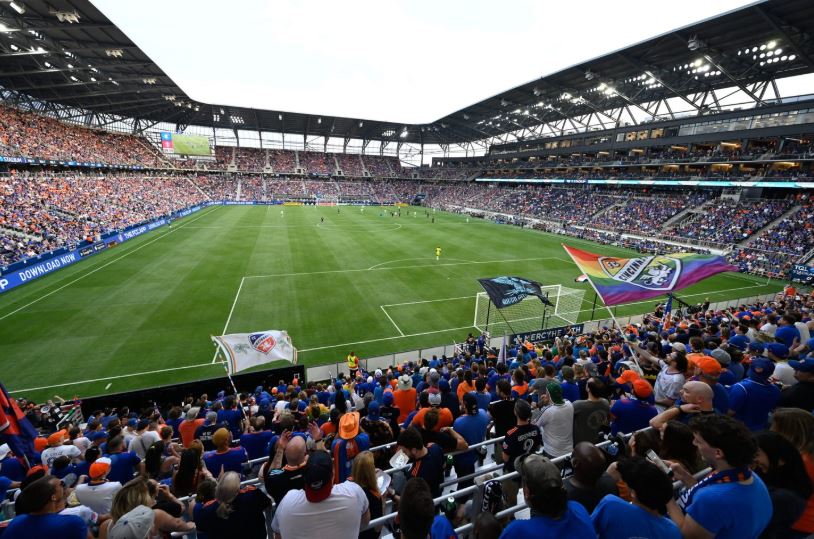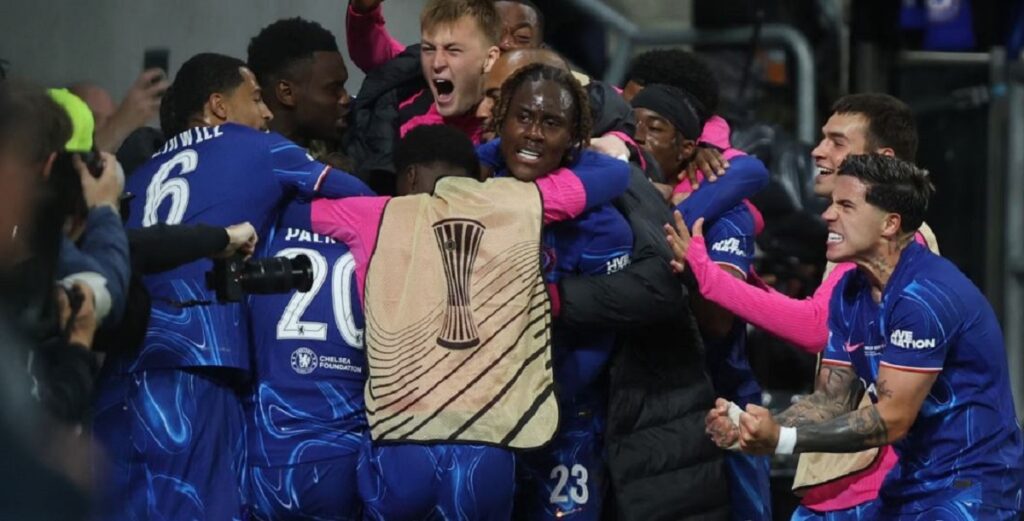High school football isn’t just a game—it’s a tradition, a community ritual, and a stage for young athletes to shine. In an era of streaming services, esports, and social media distractions, one thing hasn’t changed: the magic of Friday-night lights. The 2025 season proves once again that high school football still matters, and maybe now more than ever. Whether you’re in a big city suburb or a rural Midwest town, there’s something electric about a stadium filled with families, students, and proud alumni cheering on their hometown team.
The Cultural Importance of High School Football
Every fall, football fields across the country transform into community hubs. Neighbors who rarely see each other gather under stadium lights to support young athletes who often double as classmates, neighbors, and relatives. It’s one of the few events that unites multiple generations in the same place with the same purpose.
In small towns, Friday night games can feel like national holidays. Businesses close early, churches adjust schedules, and diners stay open late to host post-game celebrations. These weekly gatherings offer more than entertainment—they preserve a community identity.
“High school football is the heartbeat of this town,” says Coach Brian Mendez of Rivertown High. “It brings everyone together—win or lose.”
For the Players: A Path to Growth and Opportunity
For student-athletes, high school football offers more than just athletic experience—it builds leadership, discipline, and teamwork. Many players credit their high school teams for shaping their character and future.
With the rise of college recruitment platforms like Hudl, high school football now also serves as a gateway to college scholarships. In 2025, more players than ever are receiving attention from recruiters through digital highlight reels and social media presence.
Even if a student doesn’t go pro or play college ball, the lessons learned on the field—resilience, time management, humility—carry into careers, family life, and community leadership.
A Boost for Local Economies
High school football games have a surprising economic impact, especially in small and mid-sized towns. From ticket sales and concessions to local restaurants and merchandise vendors, game nights can pump thousands of dollars into the local economy each week.
A recent study in Texas found that a single high school playoff game can generate up to $100,000 in community revenue. That kind of impact fuels local businesses, supports jobs, and keeps the spirit of the town alive long after the final whistle.
The Role of Tradition and Pageantry
Friday night games are rich with rituals—pep rallies, fight songs, and school bands that echo through the stands. The cheerleaders lead chants while the marching band energizes the crowd. Students dress in themed outfits, from white-outs to blackout nights, and alumni return to their alma mater just to feel part of the action.
There are also iconic rivalry games, passed down like folklore. The “Turkey Bowl,” the “Crosstown Classic,” or “The Bell Game” are events with decades of history. For many fans, attending these games is more than habit—it’s a sacred tradition.
Digital Evolution: Streaming and Social Sharing
In 2025, technology has changed the way high school football is consumed. Live streaming platforms let fans watch from anywhere—parents deployed overseas, distant grandparents, or recruiters scouting remotely. Schools are monetizing these broadcasts, and some student-athletes have gained viral attention on TikTok and Instagram for spectacular plays.
Yet, despite digital access, attendance at live games hasn’t dropped. In fact, the experience is so emotionally charged—so rooted in connection—that people still crave the in-person atmosphere of the field, the crowd, and the Friday night air.
Challenges and Conversations in 2025
It’s not all celebration—high school football faces serious questions about safety, fairness, and accessibility.
-
Concussion awareness has prompted major reforms in tackling techniques, helmet technology, and practice schedules.
-
NIL (Name, Image, and Likeness) rules are now reaching the high school level in some states, giving top players the chance to monetize their brands. While this is empowering, it also introduces pressures previously reserved for college and pro athletes.
-
Participation rates in some regions are dropping due to concerns about injuries, prompting increased investment in girls’ flag football and safer alternatives.
Despite these concerns, the sport is evolving responsibly. More athletic programs are hiring certified trainers, mental health counselors, and investing in player safety tech.
Why High School Football Still Matters Today
So, why does high school football continue to thrive in 2025?
Because it’s real.
It’s not about million-dollar contracts, influencer deals, or corporate sponsorships. It’s about pride, teamwork, and belonging. In a world growing more digital and divided, high school football offers something physical, local, and unifying. For a few hours each week, the scoreboard isn’t just tracking touchdowns—it’s measuring spirit.
Conclusion
High school football has survived world wars, economic recessions, social shifts, and even a pandemic. In 2025, it thrives not just as a sport, but as a symbol—of youth, resilience, and community. Whether you’re a die-hard fan, a proud parent, a former player, or a curious visitor to a Friday night game, the energy, emotion, and echo of each whistle tell a bigger story.
And as long as stadium lights glow over small-town fields, that story will continue to shine.


